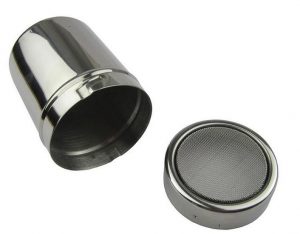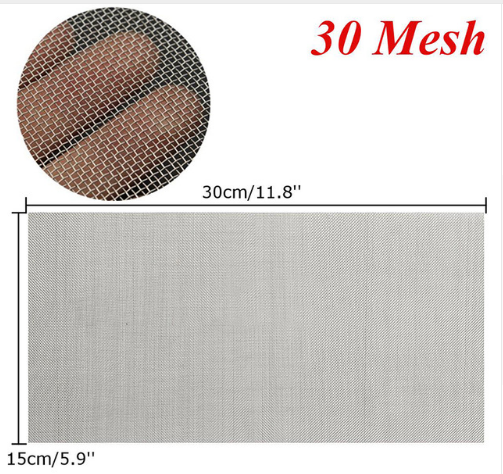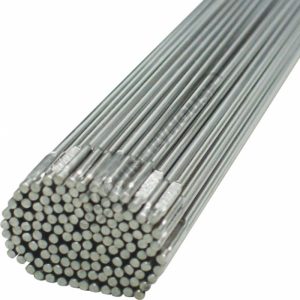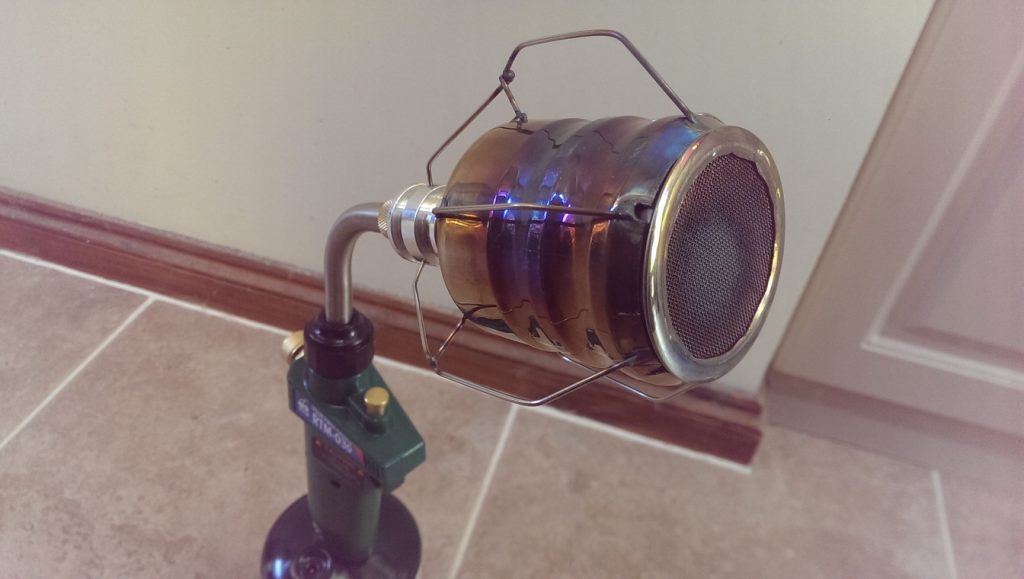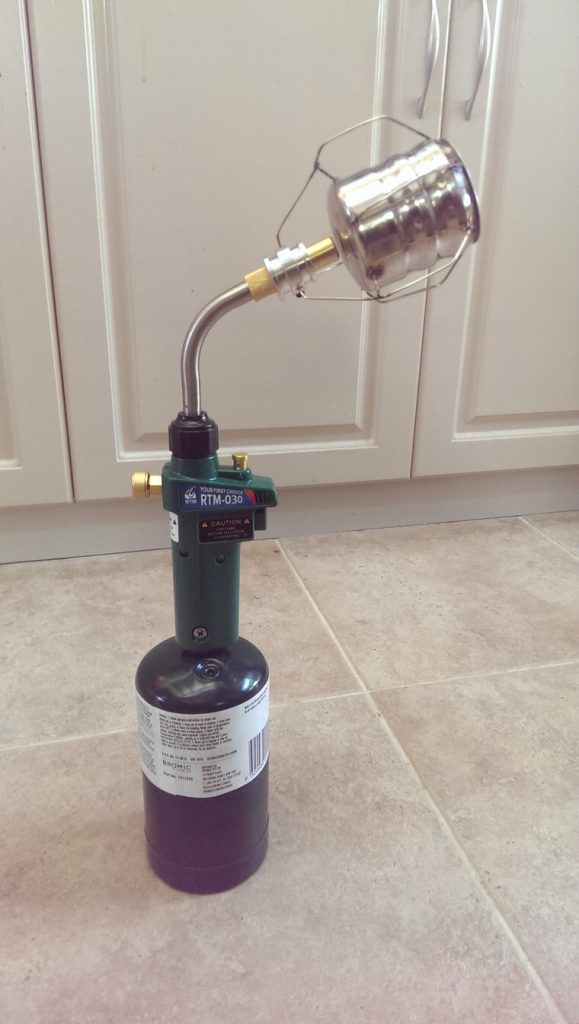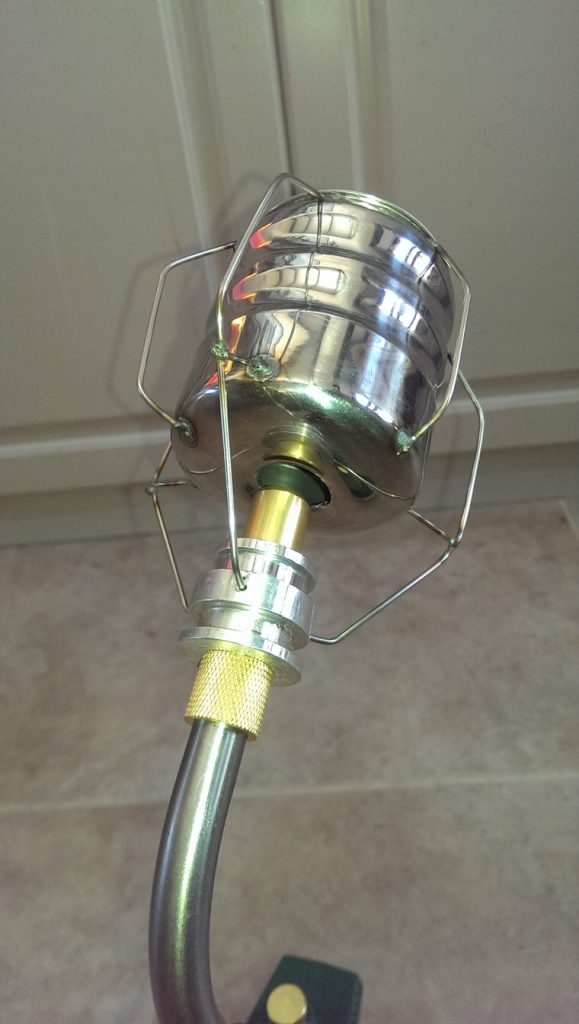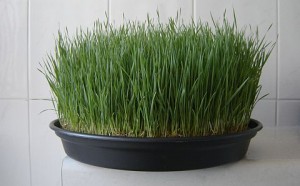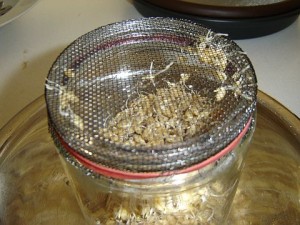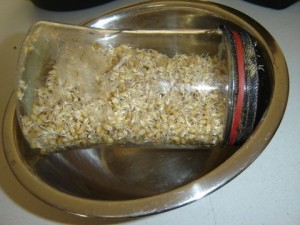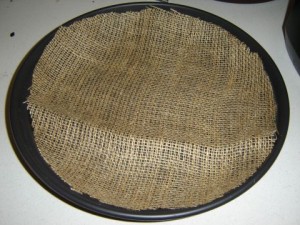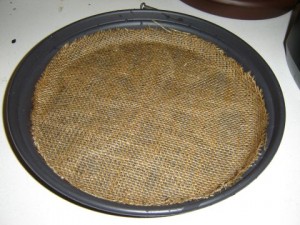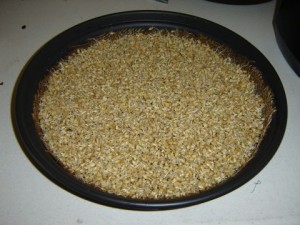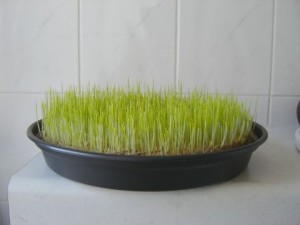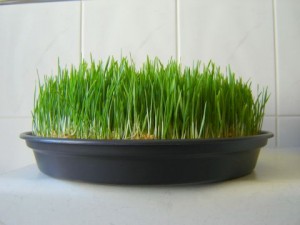Tandoori Fired Meats
Need I say more? There is something absolutely wonderful about meats cooked on skewers in a tandoori oven. The high cooking temperatures (technically unachievable by most domestic ovens), coupled with the smoke of fats and liquids falling onto glowing charcoal makes for an amazing culinary experience.
Before I built my own, I used to frequent the restaurants that had their own tandoors. Most would be gas (propane) fired and not have that charcoal fired aroma.
Then I decided, how hard could it be? I noticed a whole bunch of videos on youtube and decided to harvest the best of the knowledge and insights and design and build my own.
My requirements
I noticed a lot of diy tandoors online were either too small, too inefficient or they were too large, heavy and fixed in place.
I decided I want:
- decent size where I can cook for 5-10 people
- Efficiency with minimal heat loss
- Safe materials (avoiding zinc plating and lead containing chinese terracotta pots)
- Portability (low weight, low height, on wheels etc). I want to be able to transport to the homes of friends and family when required.
The Design (Tandoor meats technology)
I decided that the ultimate package for the tandoor is a 44 gallon drum and not zinc plated garbage cans.
I would use a terracotta liner but one fired from virgin clay and definitely not glazed.
The insulation would be lightweight, cost effective and efficient.
So here was the shortlist of materials:
- A 44 gallon drum that was NOT used to hold toxic chemicals or oil based products)
- A terracotta liner / large deep tapered pot fired / made locally to ensure its quality of materials and build
- Vermiculite as the insulation
- Fasteners
- A set of casters to allow the drum to be rolled around
- Various tools for metal working
The Drum
I scored a drum from a local warehouse for $10 which had been used to transport Propylene Glycol (food frade). It was the unlined type so it meant no plastic lining inside just bare metal. Score!
The first I did was wash it out and give it a good clean.
I measured it up to work out what sized liner/pot I would need and also how high I wanted this thing so as it could fit in the back of my stationwagon.

The Liner
After scouring Gumtree and then ringing a few places, I found a pot made by a local pot maker. It was perfect!

The pot was almost 1inch thick in the walls, 400mm at the widest point, 350mm wide at the narrowest and about 450mm tall.
I cut the base off using an angle grinder fitted with a masonary cutting blade.
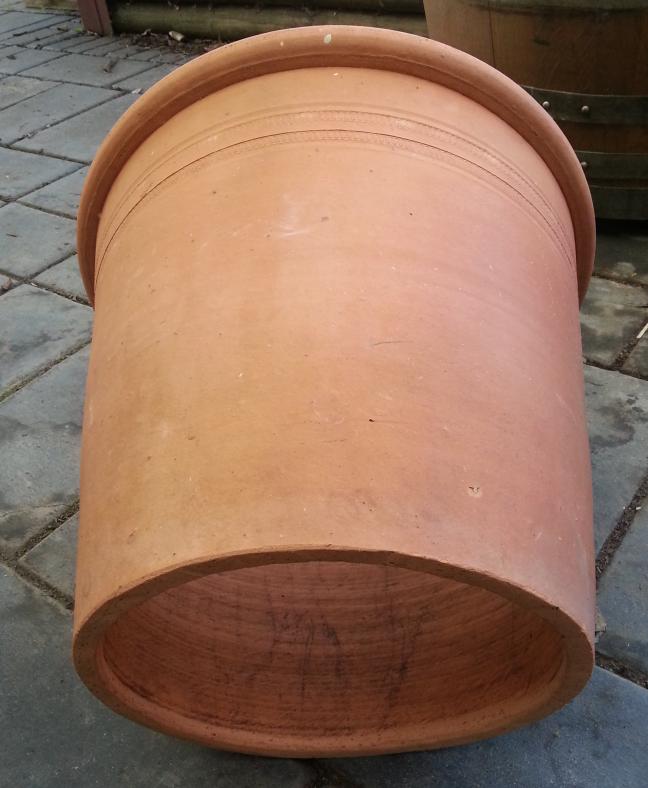
I then needed a place for the coal to sit. I found a bird fountain at Bunnings Hardware.
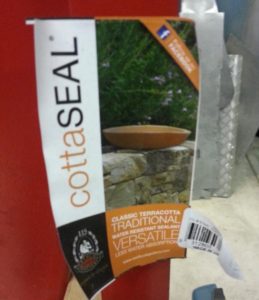
I drilled a series of holes at the base using a 12mm masonary drill bit. DO NOT use the hammer setting as it will crack your birdbath!
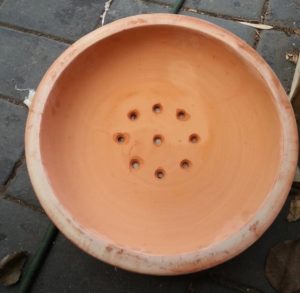
Modifying the Drum
I flipped the drum upside down so as I can reuse the filler as a drain in case any liquid gets into the insulation area…
I cut the drum’s base off in a manner in which I would reattach it later. I then cut the drum down so as the total height with the trimmed lid was less than 600mm.
I then found a scrap motor fan housing and used that as the prop on the base to raise the birdbath (liner base) off the drum. This will allow the insulation to wrap around the base properly and allow the air to enter the tandoor for convection. Drill enough holes to allow ash to fall through and not block up.
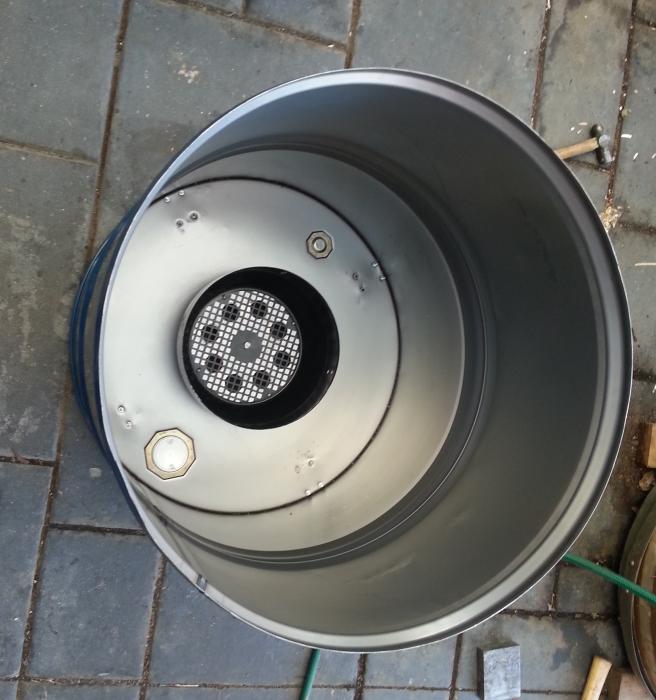
Attach the wheels to the base. I scored the wheels of a recycled rear projection TV…seriously hardcore wheels for the height and size!
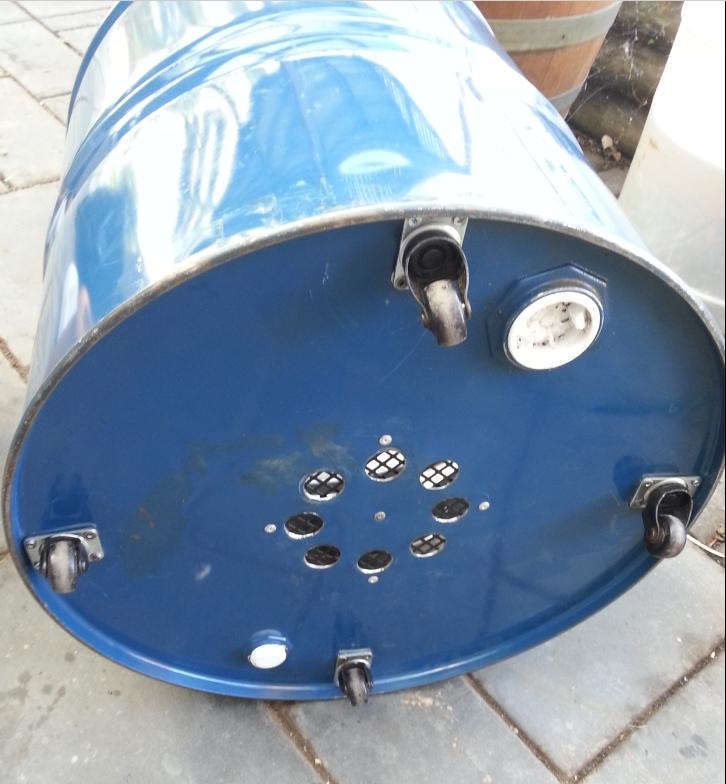
Fitting the liner
First I laid the birdbath inside.
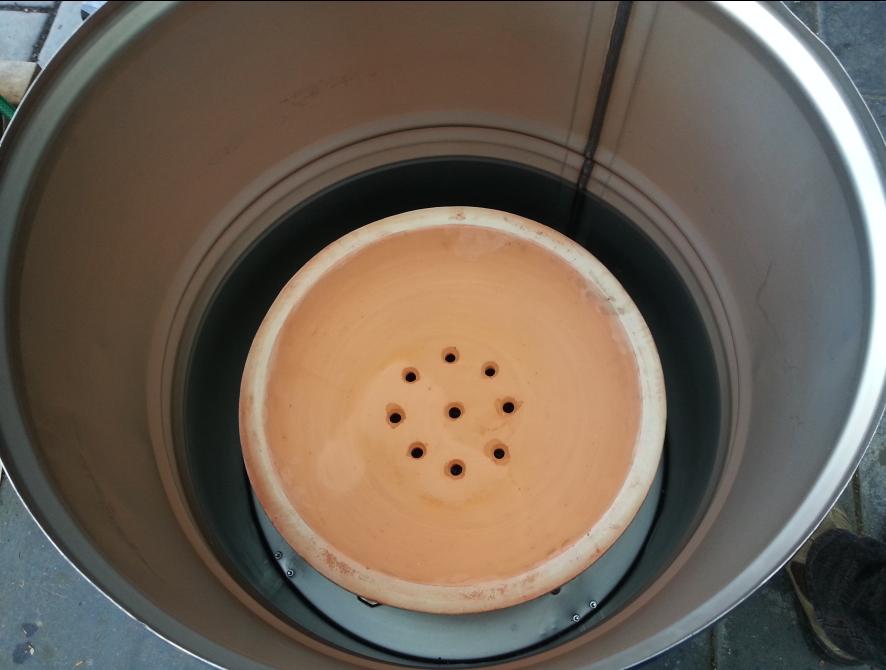
Then I placed the pot upside down over the top.

The alignment was just perfect!

Insulation
I found the vermiculite at a local horticultural shop and bought two bags of it.
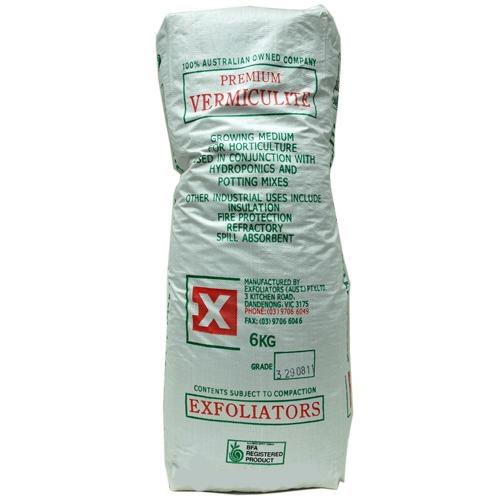
The stuff weighs nothing! I carefully poured it in and compacted it and kept adding until i could get no more in. I had some leftover but as I discovered 6 months later, the vermiculite had settled a bit so I topped it up.

I made a lid for the tandoor using a stainless steel drinks tray I found in a thrift shop and a wooden handle off an old file.
Breaking Bad
Being an avid Breaking Bad fan, I decided to put the ol’ Golden Moth Methylamine Barrel logo on it LOL.

Modifications and Result
I modified the cut off section (base) of the drum so as I could use it as a cover over the vermiculite. I also added a temperature gauge to the lid.
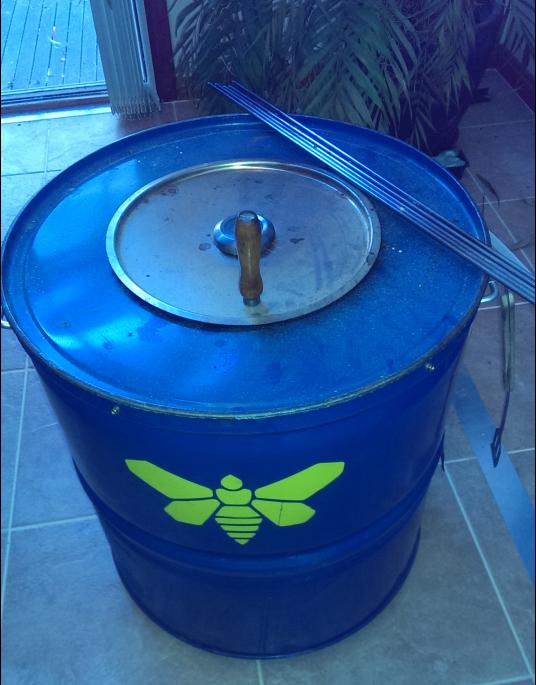
UPDATE
After 2 years of use. Everything is still ok.
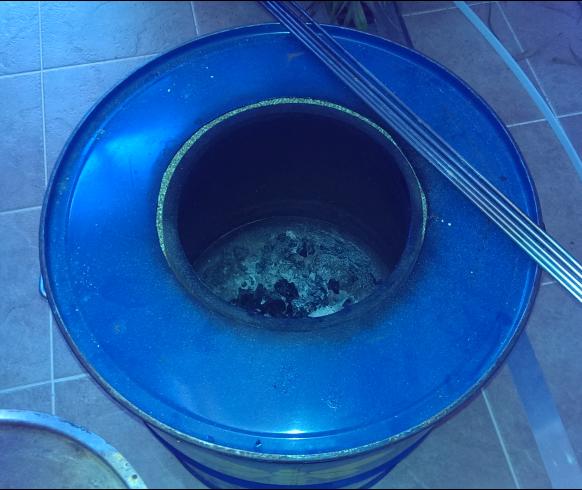
Parts for the Project
Below are my affiliate links with Aliexpress for the parts used in the project. I’ve researched quality and price points for the parts. It would help me out at no extra cost to you if you purchase using the links below.
0 to 800F (450C) temperature gauge – http://ali.pub/2bdlxc
0 to 1000F (500C) temperature gauge – http://ali.pub/2bdnwi



